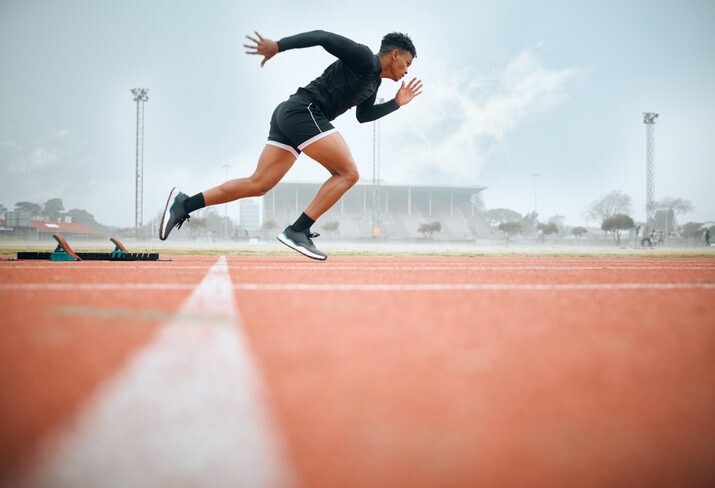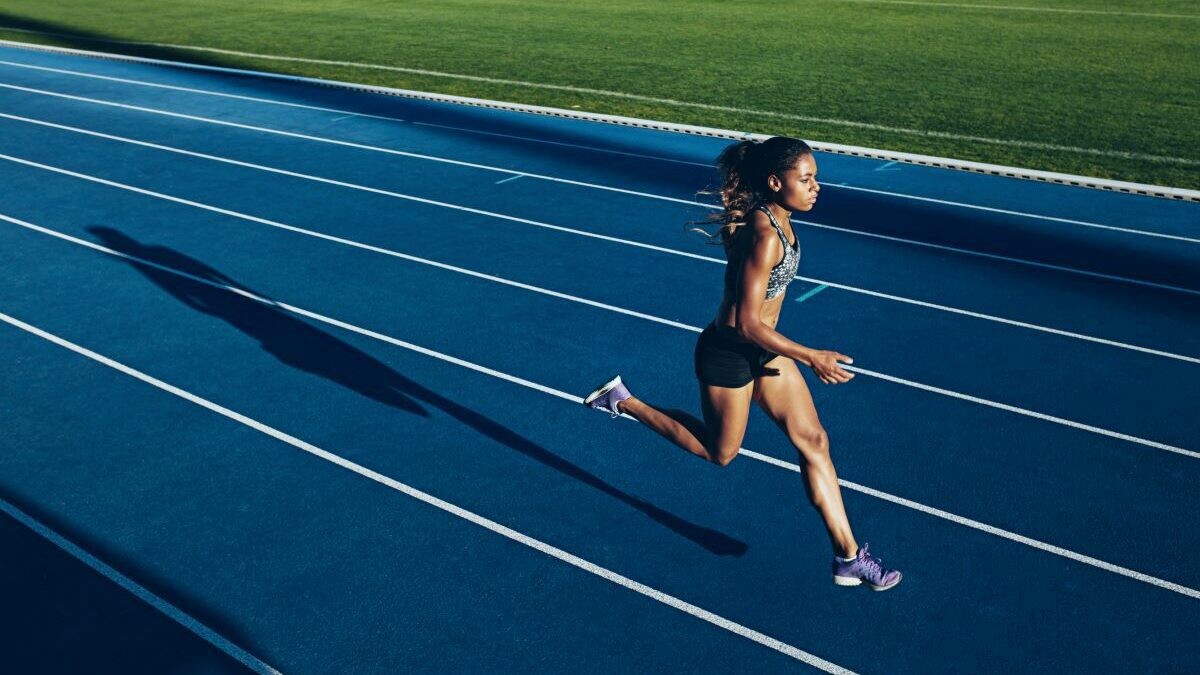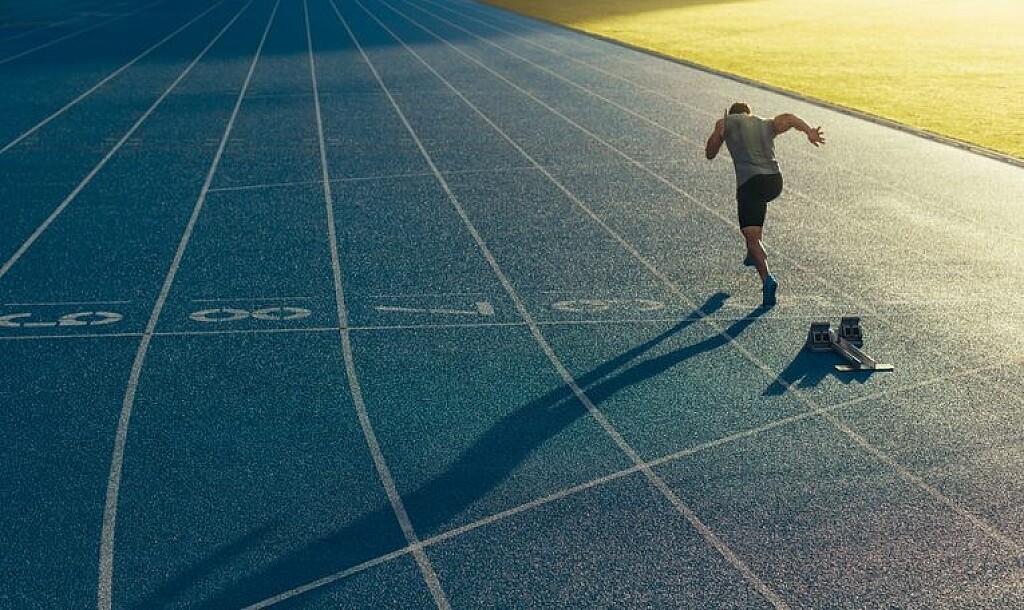Running News Daily
Running News Daily is edited by Bob Anderson. Send your news items to bob@mybestruns.com Advertising opportunities available. Train the Kenyan Way at KATA Kenya and Portugal owned and operated by Bob Anderson. Be sure to catch our movie A Long Run the movie KATA Running Camps and KATA Potato Farms - 31 now open in Kenya! https://kata.ke/
Index to Daily Posts · Sign Up For Updates · Run The World Feed
Runners should lean forward a little, but not too much, new research says
Runners often practise form drills to help them master the perfect forward lean, or have had coaches that tell them to lean forward to work with gravity and hit their ideal pace. A new study, published in the journal PLOS ONE, suggests that might not be the case. Researchers at Cal Poly Humboldt and the University of Southern California have revealed an unanticipated reward to staying upright, or maintaining only a very moderate lean, while running—improved efficiency.
Finding the perfect balance

The research involved recreational runners who adjusted their forward lean from almost upright to a maximum of eight degrees. The findings? Runners who adopted a moderate forward lean—about halfway to their maximum—ran more efficiently than those with the most extreme lean. Specifically, runners with a moderate lean were eight per cent more efficient than those who leaned forward the most.
“Runners are often told to lean forward to improve efficiency, with the idea that gravity will help propel them forward, reducing the energy required from their leg muscles,” says Justus Ortega, a kinesiology professor at Cal Poly Humboldt. “Our study, however, shows that excessive forward lean increases the metabolic cost of running, similar to adding weights to your lower legs.”

The mechanics behind the lean
Metabolic cost, or the energy needed for movement, has a significant impact on how strenuous running feels. The study looked at recreational runners aged 18-35 who ran for at least 30 minutes a day, three times a week. Participants ran on a treadmill at eight miles per hour, using three postures: upright, maximum forward lean and a moderate forward lean (50 per cent of maximum).
Researchers measured oxygen consumption and carbon dioxide production to calculate each runner’s metabolic rate. The results revealed that runners were seven to nine per cent less efficient when using a maximum forward lean compared to a moderate lean or an upright posture.
Hip muscles and running efficiency
While the exact reasons why a moderate lean is more efficient aren’t fully understood, the researchers have some ideas. Data on muscle activation suggest that the gluteus maximus, the muscle responsible for hip extension, is more engaged with a significant forward lean, likely increasing energy use.
Nina Carson, a physical therapist and doctoral student at the University of Colorado, Denver, and lead author of the study, explains: “The bottom line is that the technique of running with a moderate forward lean is better than trying to run with a large forward lean, at least in terms of efficiency.”
What’s next?
Future research aims to explore how varying levels of forward lean affect running efficiency and performance on inclined and declined slopes. For now, the message is clear: if you want to run more efficiently, an upright posture or a slight forward lean are your best bets.
by Keeley Milne
Login to leave a comment




